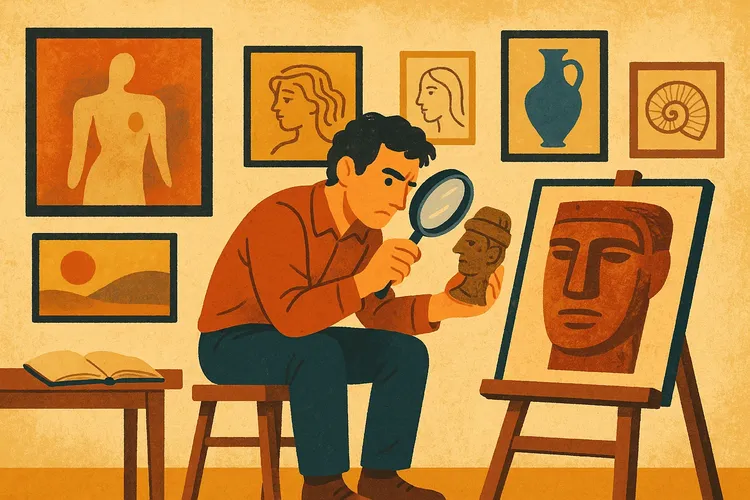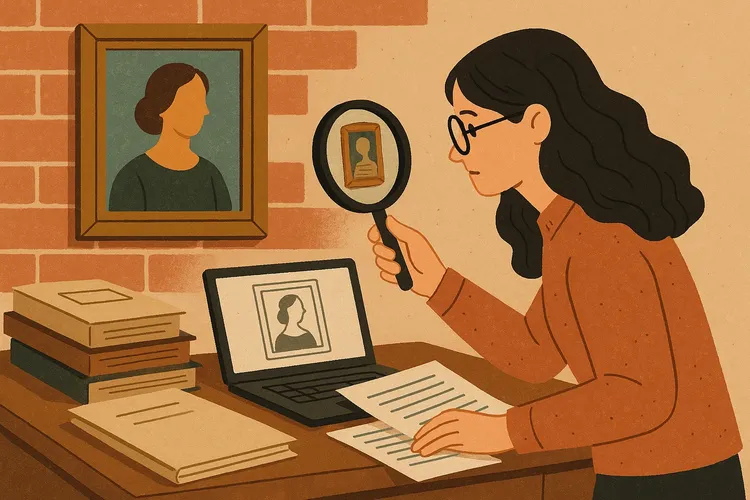Read in English / 阅读语言 ไทย
![]() 简体中文
简体中文

Stricter EU Rules Reshape Art Sales and Cultural Trade
Starting June 2025, all artworks imported into the European Union must come with verifiable provenance documentation. The EU will implement new regulations targeting cultural goods, significantly affecting international art trade. Aimed at curbing illicit trafficking, especially from conflict zones, the law mandates stricter provenance checks by importers, dealers, and institutions. This article unpacks the regulation and explores its potential impact.
New EU Regulation Effective June 2025
Regulation EU 2019/880 will take effect on June 28, 2025. It targets the import of “cultural goods,” including fine art, antiquities, decorative objects, and collectibles. The primary aim is to stop unlawful trade and prevent money laundering via cultural artifacts.

Categories of Cultural Goods
- Category A: Cultural goods unlawfully exported from their country of origin are banned from entering the EU.
- Category B: Archaeological items over 250 years old require an import license through the EU’s new electronic system, along with legal export documentation or confirmation that no such laws existed at the time.
- Category C: Cultural goods over 200 years old and valued above €18,000 must include a signed importer statement certifying legal export and a standardized item description.
If the country of origin is unclear or if the item left its country before April 24, 1972, the importer may declare lawful export from the last country in which the item resided for at least five years (excluding temporary stays). Goods originating within the EU are exempt.
Impact on Dealers and Cultural Institutions
This regulation shifts the burden of proof onto dealers, collectors, and museums, requiring them to provide clear provenance. Administrative tasks will increase, particularly affecting smaller businesses. Institutions in the EU may also tighten their due diligence to avoid seizures, complicating both EU and non-EU transactions. Even items acquired before June 2025 will require documentation. Some fear this could burden the market without effectively stopping illicit trade—but thorough provenance checks may increase object value and buyer confidence.

Insurance and Art Sales
Currently, insurers do not offer specialized coverage for provenance-related issues. Most policies only cover physical loss or damage. “Defective Title Insurance” may evolve to include incomplete provenance. Seizure remains a standard exclusion, except in rare negotiated cases.
The Role of Blockchain and NFTs
Blockchain and NFTs offer promising solutions for securing provenance in the digital age. Their immutable, public ledger systems are ideal for tracking ownership history—from the original creator to the latest buyer—making it nearly impossible to forge documentation. This transparency boosts credibility for importers and customs authorities. Platforms like Artory and Codex Protocol already use blockchain to certify ownership, and this technology could play a critical role in future art sales and copyright enforcement.
Story by Tae Art Man
Images generated by Tae Art Man